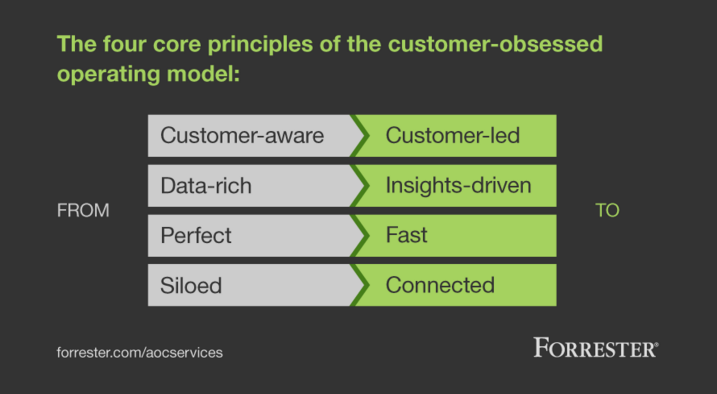The Mindset Needed For Digital Business
- 29 January 2016
- Greg Burgoyne
A New Way of Thinking Is Needed For Digital Business
"The future belongs to people who see possibilities before they become obvious." Ted Levitt
Digital technologies are changing every industry they touch.
The technology you use, and how you use it, depends on your industry, strategic direction, and organisational culture. It’s worth spending the time and monetary investment to understand some of the technology changes affecting your industry.
Technology trends to consider include social, mobile, analytics, big data, cloud, internet of things, wearables, the consumerisation of IT, robotics and 3D printing. Knowing how these apply to your industry is crucial to making both immediate and long term strategy decisions.
In all industries however, it is clear, simply being faster, better, cheaper is no longer enough. To thrive, leaders need to understand the human drivers, technology trends, and changing business landscape to build successful Digital Businesses. It’s about far more than operational efficiency.
It’s about a new way of thinking:
- From rigid organisational efficiency to flexible iterative innovation
- From delivering products and services to outcomes and experiences
- From real-time to right-time contextual information
- From gut feeling decisions to data driven decisions
- From closing sales to opening relationships
- From one off interactions to ongoing personalisation at scale
- From cooperation to collaboration
Technology, used to facilitate outcomes in line with these new ways of thinking, will drive extraordinary results. If your business is not challenging itself in each of these areas, then soon another business will.
For more on the business impact of digital technologies see Diane’s blog “Past Experience May Not Prepare Todays Businesses For A Digital Future”
The Mindset Needed For Digital Business
Digital technology is not a solution in and of itself. It needs to empower the purpose of the organisation and provide an outcome that serves both people and processes.
One of the biggest challenges faced by businesses seeking to adapt to the new digital landscape is existing “mindsets”. They are harder to see and more difficult to change.
The biggest disruptions are happening where organisations fail to understand how people want to interact with businesses and each other. They have failed to become ‘customer obsessed’.
A recently published framework by Forrester Research identifies mindsets, and organisational changes that are helpful in considering a digital ‘customer obsessed operating model’.

These changes can be facilitated by technology but they must be driven by people and delivered through process, inspired by vision and communicated with clarity.
Thus, while it’s tempting to focus on sweeping digital technology changes, attention must also be paid to the culture and DNA of your organisation. The culture must match your direction and strategy. Without it, both technology and strategy will be ineffective.
The culture will determine the level and speed of change, and changing the culture will require exceptional leadership.
There is no doubt that we are living in times of unprecedented social, industrial and business change. Many companies will fall by the wayside, while others rise to meet the challenges and become the new industry leaders.
Now is the time to increase the digital intensity of your focus, and the digital capability of your teams.
For more on Culture and Making change see Greg’s blog “4 reasons to Create Your Culture And Build Innovative Teams”
The customer obsessed operating model framework can be found in Forrester’s CIO Professional Paper “The Operating Model For Customer Obsession” published in November 2015.
Greg Burgoyne (LLB, BCom) is an Associate Consultant of Peritia, passionate about seeing people empowered through technology.


